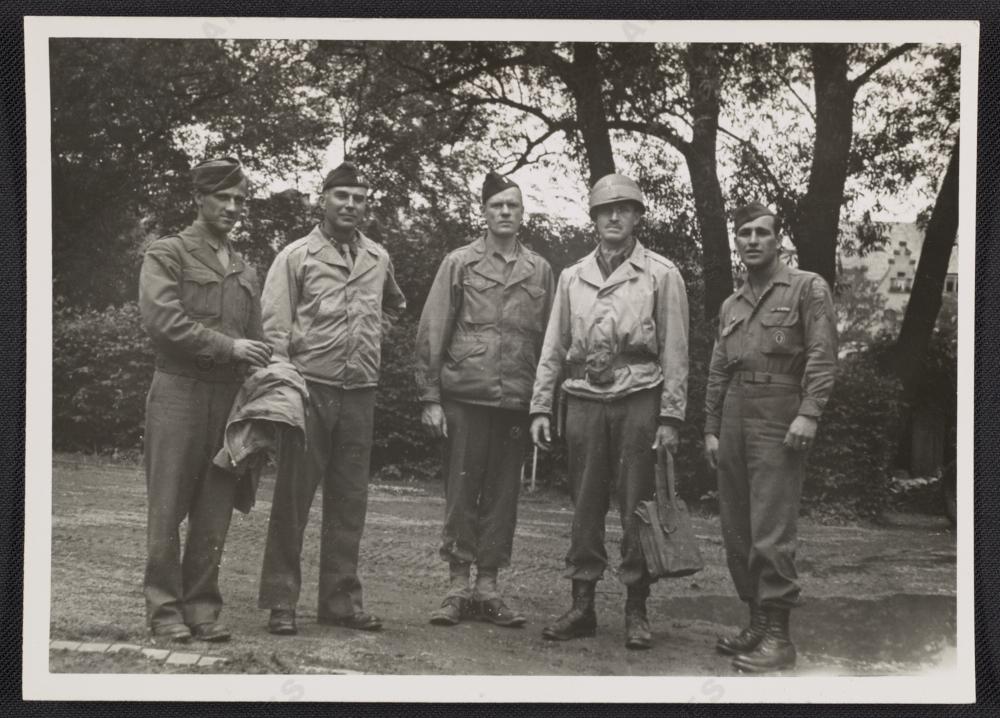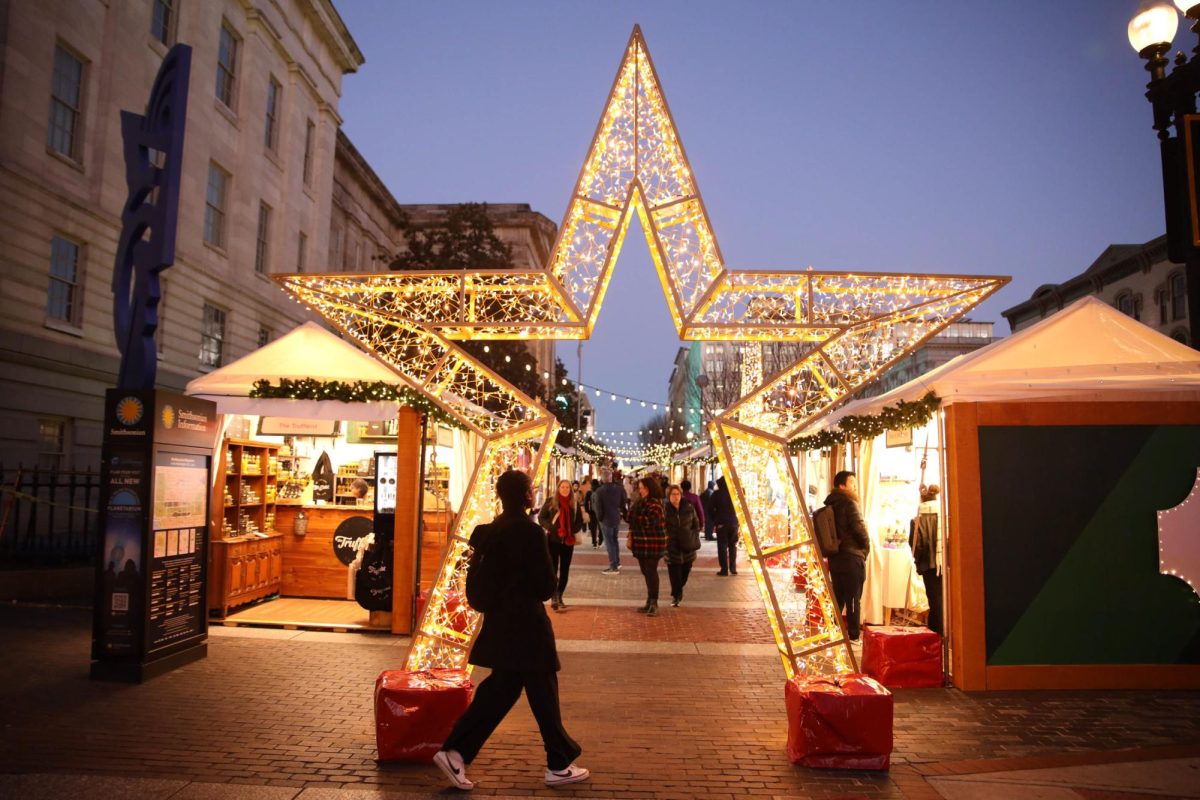After surviving World War II, topping the bestseller list and inspiring a movie adaptation, the story of the “Monuments Men” is back where it belongs – in a museum.
The upcoming George Clooney film “The Monuments Men” follows a wartime treasure hunt to preserve art from Nazi destruction. The real documents and accounts that inspired the story are getting their own spotlight at the National Portrait Gallery this month.
The exhibition, “The Monuments Men: On the Frontline to Save Europe’s Art,” catalogs the journey of the group of art historians and curators from 1942 to 1946, and displays documents like field manuals, manuscripts and photographs taken of the Monuments Men while working on the front. Both the film and the exhibition open Friday.
Originally tasked with preserving treasured cultural sites from wartime bombs, the group’s mission turned more pressing toward the end of the war when they needed to save art that had been looted by the Nazis. Among the pieces they liberated includes Michelangelo’s Bruges Madonna and a marble statue of Mary with an infant Jesus.
The exhibit chronologically narrates the team’s work through pictures taken in fields, salt mines and bunkers. One photo taken at war’s end shows Rose Valland, the lone female in the group, cleaning a recently rescued suit of armor with a faint smile on her face. Simply put, it is the face of a woman who had beaten the Nazis and saved her own cultural heritage.
While the Monuments Men worked primarily in Europe, museum director George Stout (played by Clooney in the film) took his expertise outside of Europe, said Smithsonian archivist and collection curator Rihoko Ueno.
“George Stout, after the war, actually went to Japan and continued his Monuments Men service there, primarily helping with conserving art that had been damaged during World War II,” Ueno said.
Some of the exhibition’s more intriguing documents are the private correspondences between Stout and his wife. In one letter, Stout discusses his inability to fill the page with “words adequate or suitable” enough. The poetry underneath his prose offers a striking look into his mind and mirrors the beauty showcased within the collection.
Ueno said the collections help show the personalities behind the art world legends.
“We were basically interested in the papers because a lot of the Monuments Men were very well educated and already had established careers in the arts before World War II,” Smithsonian Archivist and collection co-curator Rihoko Ueno said. “And they went on to become very prominent members of the art world.”







